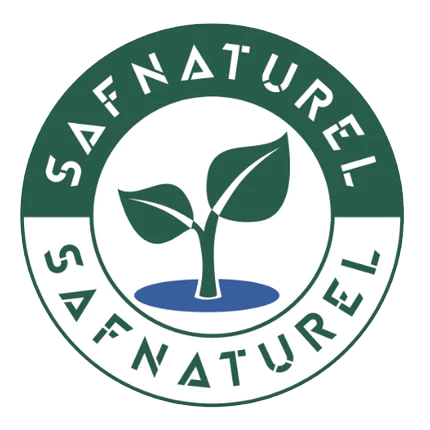TÜM ÜRÜNLER IGSL ULUSLARARASI SERTİFİKALI
Sale
-20%
Rhodochrosite Natural Stone Bracelet 5 mm Spherical Cut
Regular price
1,998.44TLSale price
1,598.75TL
Taxes included
Only 1 left
Description
Rhodochrosite Natural Stone Necklace
Grain Size 5 mm
Weight 9.2g
Length 17 cm
Flexible Rubber Lined on Line
Since our product is natural stone, it may show slight differences in color, weight and size.
Rhodochrosite natural stone is a rare stone that has recently gained popularity. It is quite interesting for those who are interested to learn more about the origin and mineral structure of this impressive stone. It is also important to learn which jewelry is used in rhodochrosite natural stone and to use it in accordance with the trends. In this blog post, we will cover everything from the places where rhodochrosite natural stone is extracted to its mineral structure and popular jewelry. For those who want to learn more about rhodochrosite, this guide we have prepared will be very useful.
Where does rhodochrosite natural stone come from?
Rhodochrosite is a beautiful mineral often used for jewelry and decorative objects. Its name comes from the Greek words "rhodon" meaning "rose-colored" and "krozos" meaning "red gemstone". Rhodochrosite is usually found in pink, red or reddish brown and has a value of 4-5 on the hardness scale.
Rhodochrosite can be found in many different regions of the world. The largest reserves of rhodochrosite are in South Africa, the United States, Australia, Argentina and Peru. In these regions, rhodochrosite is found in the form of large crystals or small grains.
Rhodochrosite is known in mineralogy as manganese carbonate. Its chemical formula is MnCO3. In nature, it is formed by the decay of manganese oxides and sulfides. Rhodochrosite is commonly found in igneous and metamorphic rocks and is mined in many underground mines.
What is the mineral structure of rhodochrosite natural stone?
Rhodochrosite natural stone is a mineral that attracts attention with its impressive and attractive colors. It is unique in both its physical and chemical properties. In order to understand the mineral structure, it is important to first know what it consists of and how it is formed. Rhodochrosite is a form of manganese carbonate and its chemical formula is MnCO3.
The crystal structure of rhodochrosite consists of triangular prismatic crystals in the trigonal system. These crystals are usually thin and small in size, but occasionally large crystals can be found. Rhodochrosite is typically recognizable by having rose pink, pinkish red or brown hues.
One of the distinctive features of the mineral structure of rhodochrosite is that it is mostly transparent or semi-transparent. When you look at its surface, you often encounter an iridescent appearance. It is also a mineral that breaks smoothly when broken. These features make rhodochrosite visually appealing and easy to use in various jewelry.
In which jewelry is rhodochrosite natural stone used?
Rhodochrosite is a natural stone, pink colored and rare mineral. It is often used to make beautiful jewelry. It is especially valuable in the jewelry industry and is often preferred in jewelry making.
The hardness of rhodochrosite natural stone varies between 3.5-4, which makes it a very soft stone. For this reason, it is mostly used in jewelry such as earrings, necklaces and rings. It can also be used in various ornaments and decorative objects.
Apart from this, it is also known that rhodochrosite natural stone is used for energy and healing purposes. Some people think that rhodochrosite balances the heart chakra and promotes love. It is also believed to reduce stress and provide relaxation. For this reason, some people may use this stone in meditation or energy work.
- Rhodochrosite is a natural stone, pink in color and a rare mineral.
- This stone, generally used in the jewelry industry, is frequently preferred in jewelry making.
- Due to its soft structure, rhodochrosite is mostly used in earrings, necklaces and rings.
- This stone, which is also used in energy work, is believed to balance the heart chakra and provide relaxation.
| Color | Hardness Level | Areas of Use |
|---|---|---|
| Pink | 3.5-4 | Jewelry, ornaments, decorative objects |



